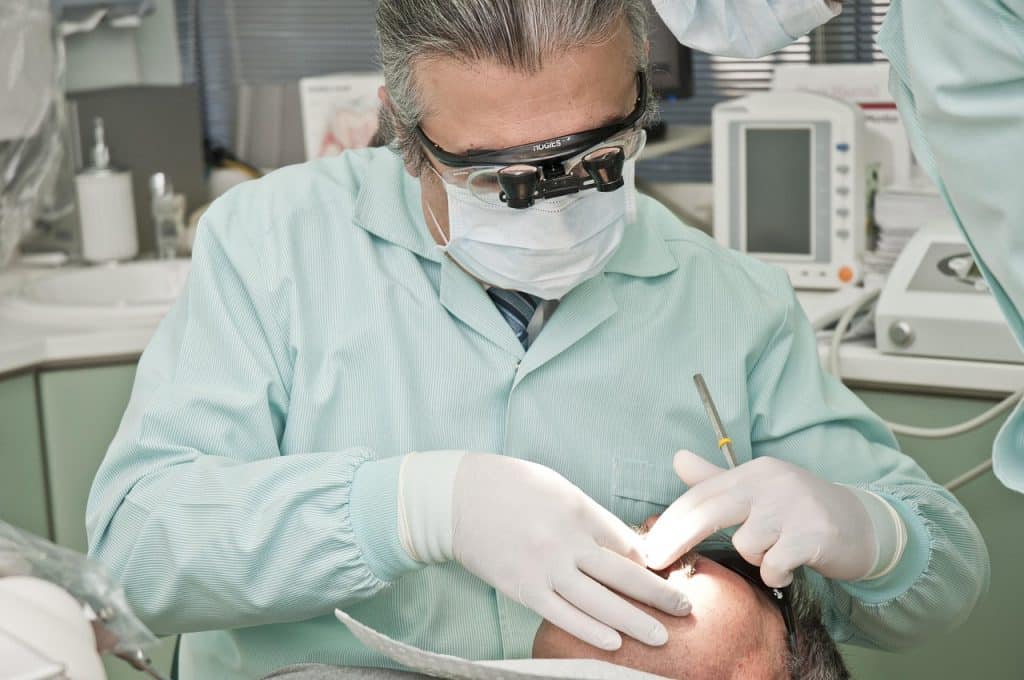Dental Implants Perth restore missing teeth with strength, function, and confidence. If you want teeth that feel stable, look natural, and help protect your jaw, implants deliver. Belmont Dental Surgery offers tailored options for single teeth, multiple gaps, or full-arch smiles.
Quick overview: why implants
- Survival rates stay high over time, including 10 to 20 years and beyond.
- Bone support is preserved, unlike with tooth-borne bridges or removable dentures.
- Chewing efficiency and bite force improve versus traditional dentures.
- Typical healing to the final crown runs about 3 to 6 months.
1. Looks like your own tooth
Modern Dental Implants crowns match shape, shade, and translucency. Friends won’t clock it. A well‑contoured crown also supports gum symmetry for a clean smile line.
Why you care
- Photos look natural
- No clasp lines or plate edges
- Gum contours stay tidy with proper design
2. Bites like real teeth
Implants anchor in bone, so chewing feels strong. Studies show implant overdentures lift chewing performance and bite force versus conventional dentures.
Why you care
- Crunch apples and toast
- Fewer food compromises at restaurants
- Less plate movement mid‑meal
3. Helps stop bone loss
After an extraction, the jaw shrinks without root stimulation. Research reports about 25% volume loss in the first six months and up to 50% in the first year if untreated. Dental Implants Perth replaces the root and keeps the jaw working.
Why you care
- Supports face shape
- Simplifies future dental work
- Better long-term stability for the bite
4. Long-term success backed by data
Large cohorts and meta-analyses report survival above 90% over long windows, including beyond 10 years and out to 20 years, with proper planning and care. Success depends on health, hygiene, and risk control.
Why you care
- Durable return on investment
- Fewer remakes versus some alternatives
- Predictable function for daily life
5. Keeps neighbouring teeth untouched
A bridge needs crowns on the adjacent teeth. An implant is standalone. That preserves enamel and future options.
Why you care
- Less drilling on healthy teeth
- Easier flossing around the site
- Fewer knock‑on treatments later
6. Upgrade for full dentures
Two to four implants with attachments can stabilise a lower denture. Chewing performance and comfort improve compared with a loose plate.
Why you care
- Less rubbing and sore spots
- Clearer speech
- More food choice, less stress
7. A clear, staged timeline
Most patients follow a simple timeline. Initial recovery takes one to two weeks. Bone integration takes about 3 to 6 months before the final crown.
Typical stages
- Planning and 3D imaging
- Implant placement
- Healing and integration
- Abutment and final crown
8. A maintenance plan that protects your result
Professional bodies recommend structured implant maintenance with risk control, tissue checks, and professional plaque removal. Smoking, diabetes, and a history of periodontitis raise risk, so hygiene and recalls matter. Longitudinal reviews show biologic or technical complications occur and need chair time, so prevention and early fixes are essential.
Why you care
- Protects bone levels
- Extends restoration life
- Catches small issues before they grow
Who this helps in Australia
- Single missing tooth after sport or decay
- Multiple gaps affecting bite and chewing
- Full-arch wearers wanting stable dentures
- Patients after extractions seeking jaw preservation
If you live near Springfield, ask a Dentist Springfield for a local assessment, then compare notes with our implant team in Brisbane.
FAQs
How long does the process take?
Initial healing is about one to two weeks. Bone integration commonly takes 3 to 6 months. Final crown follows once the implant is stable. Timelines vary with bone quality, gum health, and added steps like grafting.
Are implants safe if I have gum problems?
Treatment starts with gum stabilisation. European guidelines advise reaching low probing depths with no bleeding, then placing implants, followed by supportive care to prevent recurrence. Ongoing hygiene and recalls are essential.
What about complications?
Like any surgical treatment, risks include early loss, infection, and peri‑implantitis. Reviews show high survival, yet a meaningful share of patients experience complications that need professional care over five to ten years. Good planning, risk factor control, and routine maintenance reduce this.
Does it hurt?
Local anaesthesia keeps the procedure comfortable. Most people report mild soreness a few days after surgery. Ice, short courses of pain relief, soft foods, and careful hygiene handle recovery.
Final takeaway
Dental Implants Perth restore confidence, chewing strength, and jaw support with results that look natural and last. You get stable teeth, fewer food limits, and a clear roadmap from planning to crown, backed by long-term data and a solid maintenance plan.
